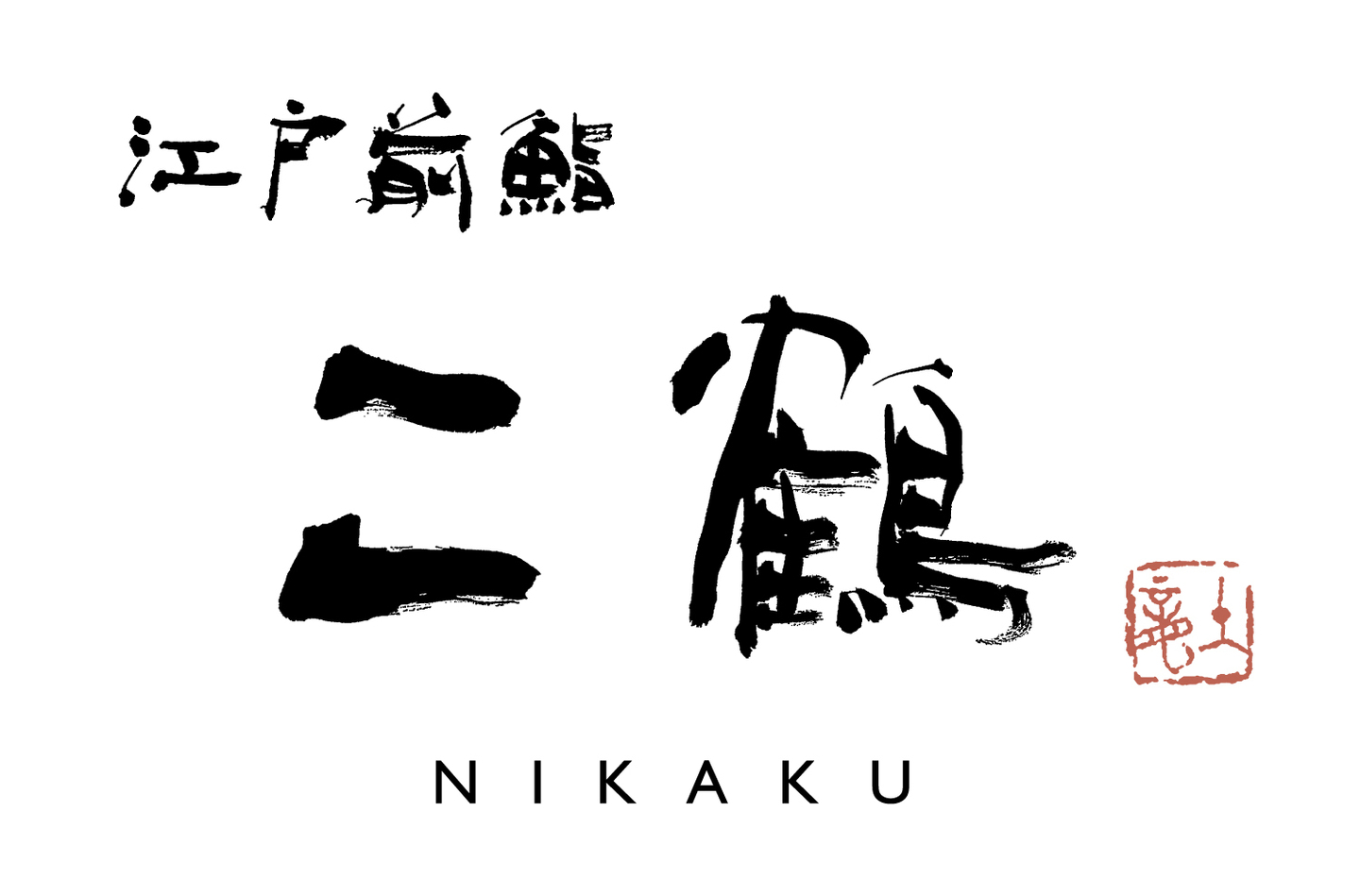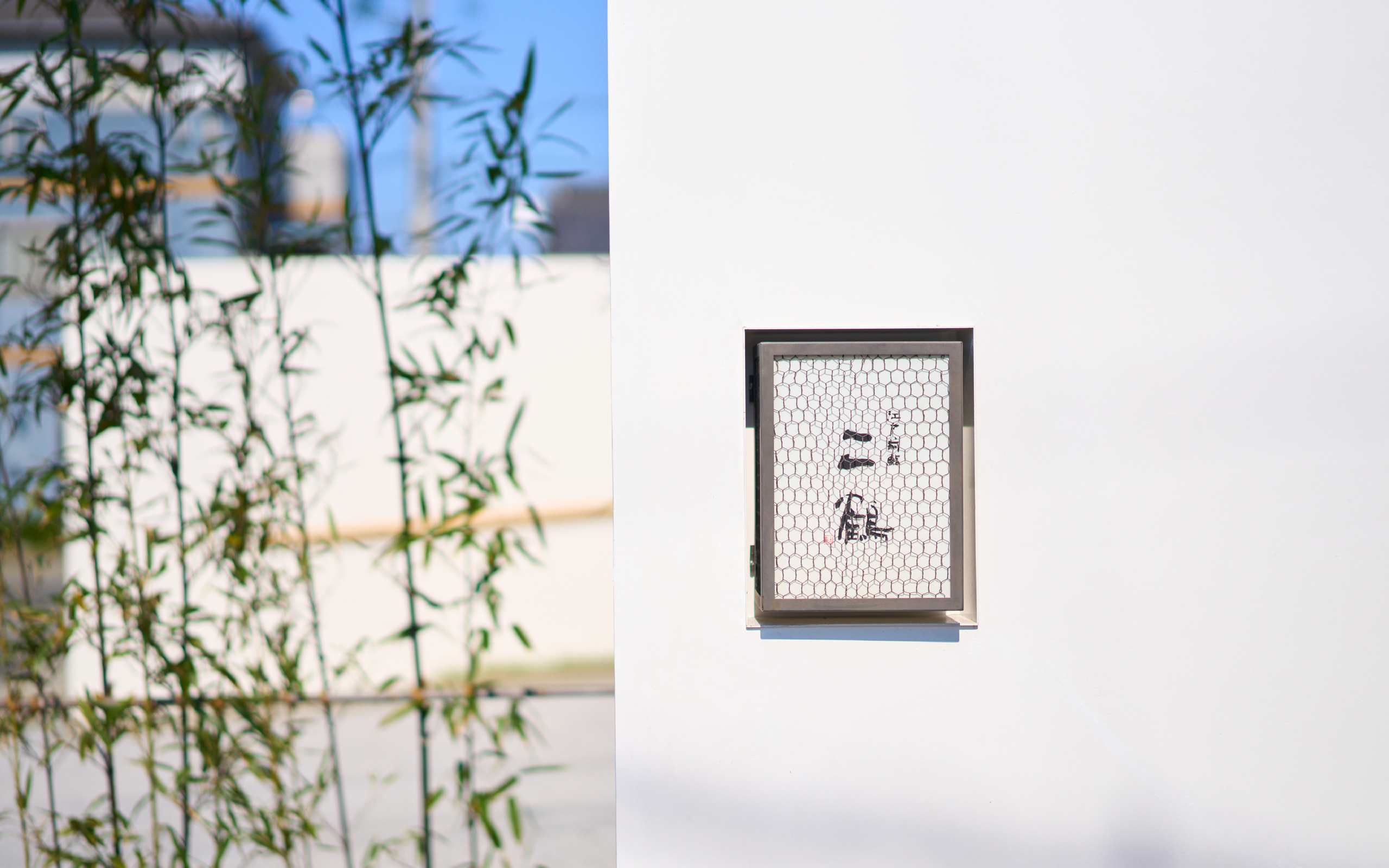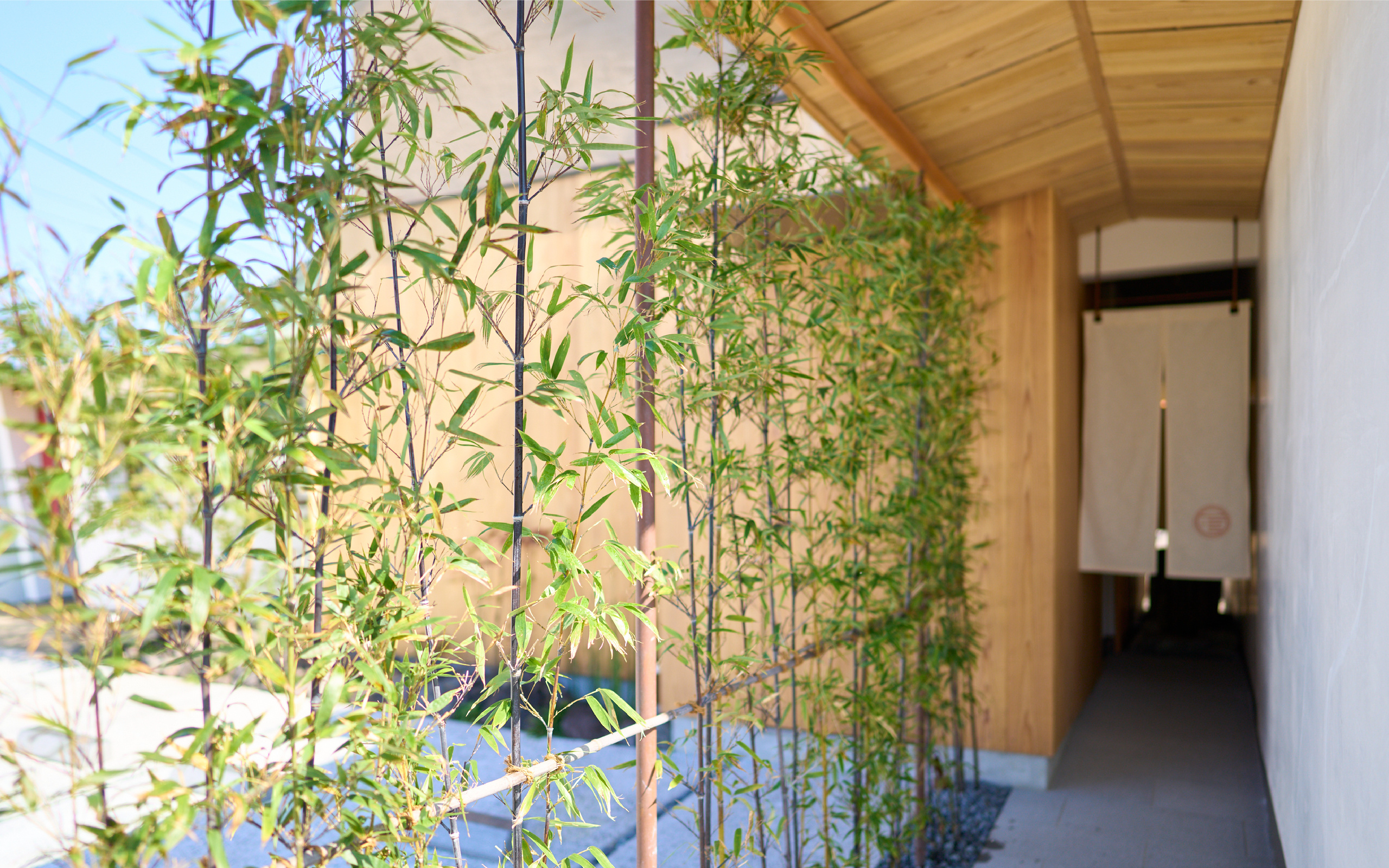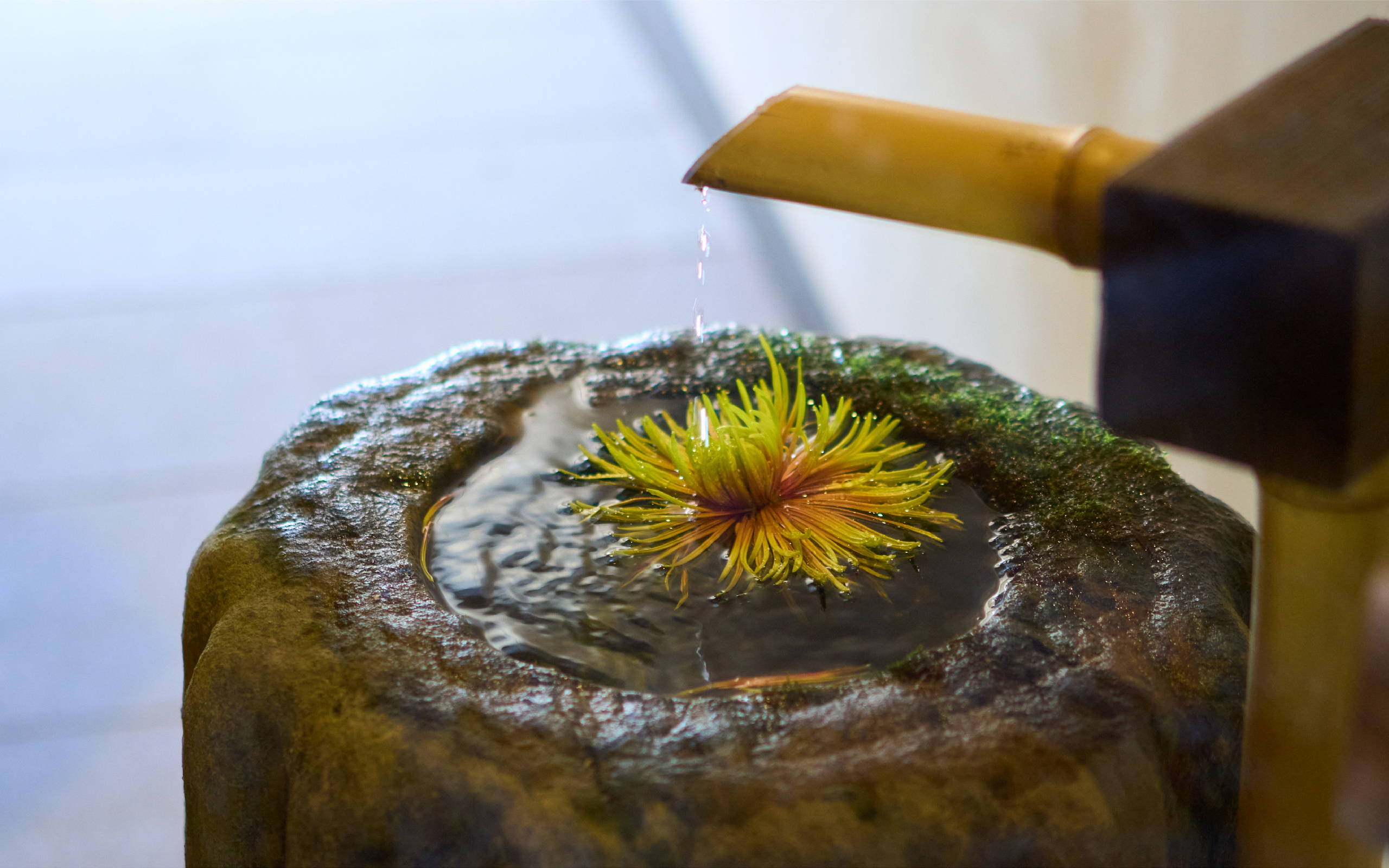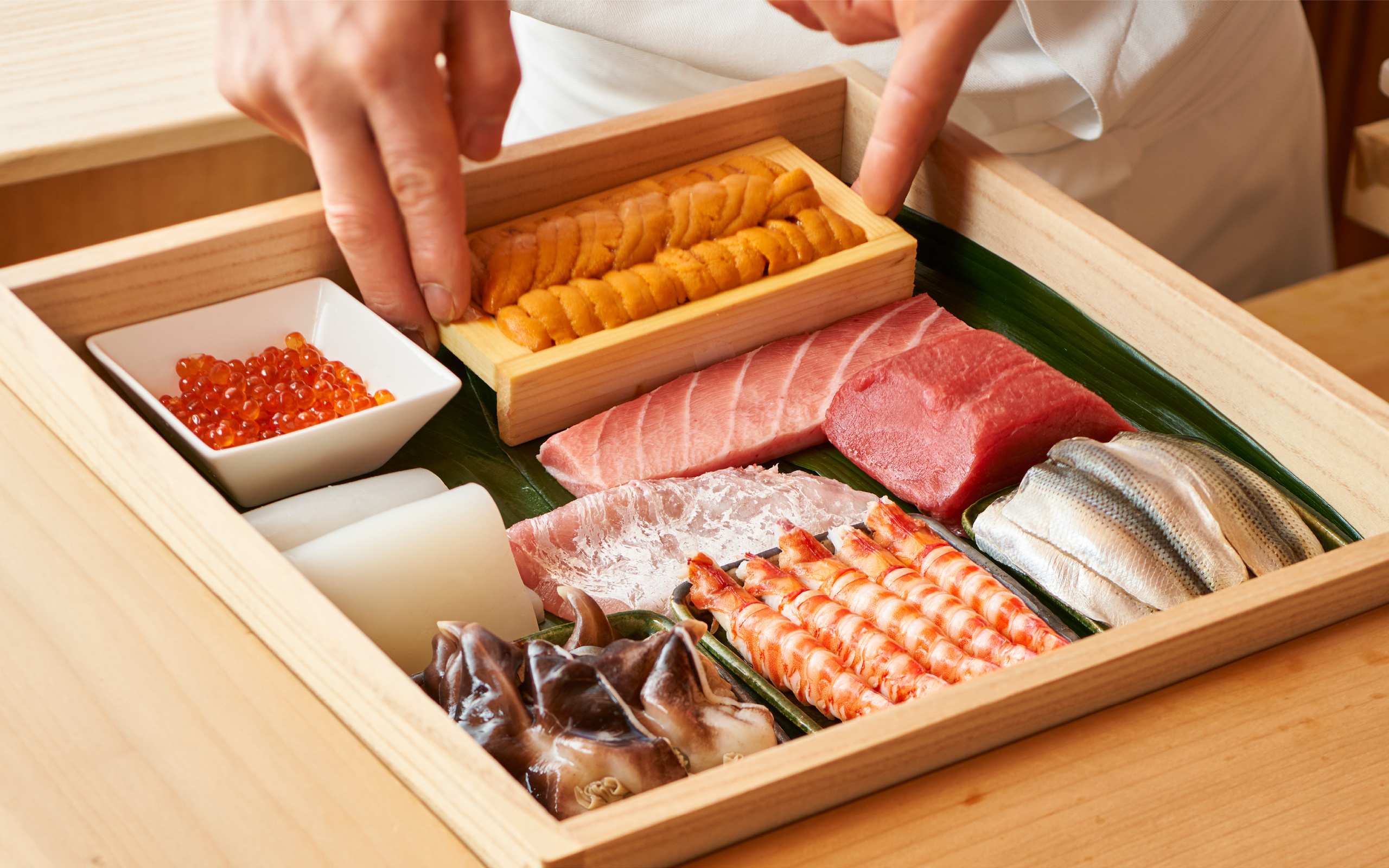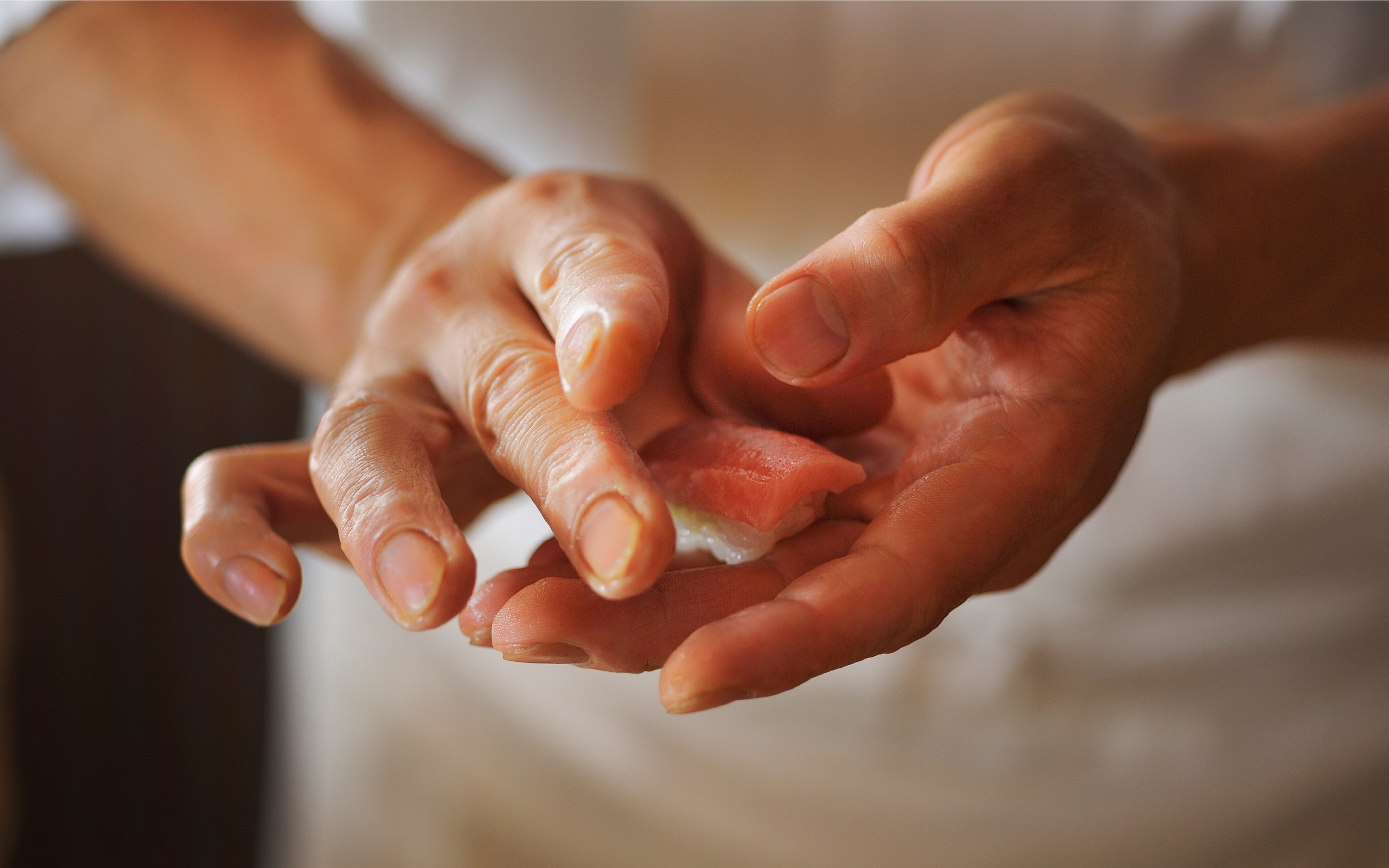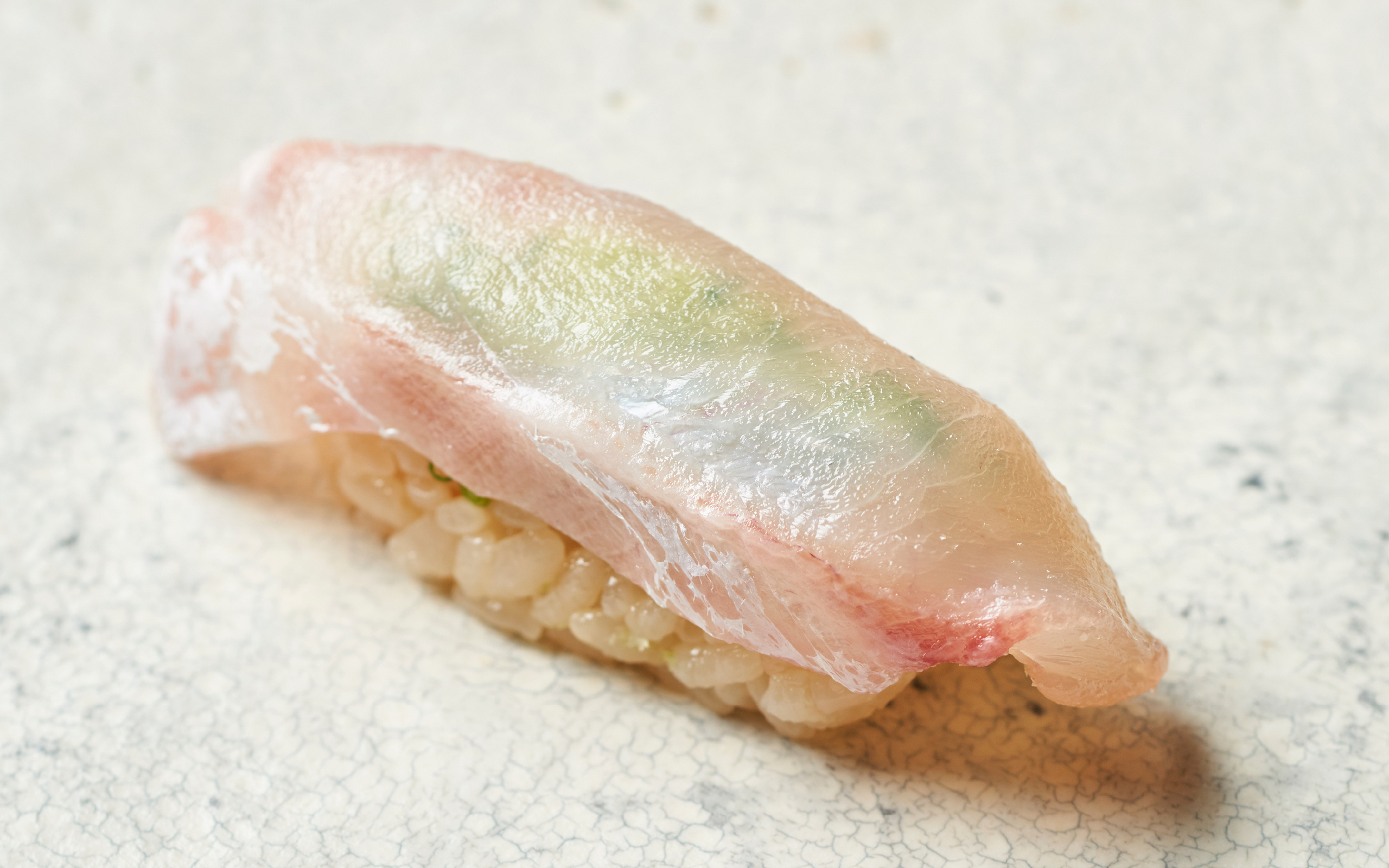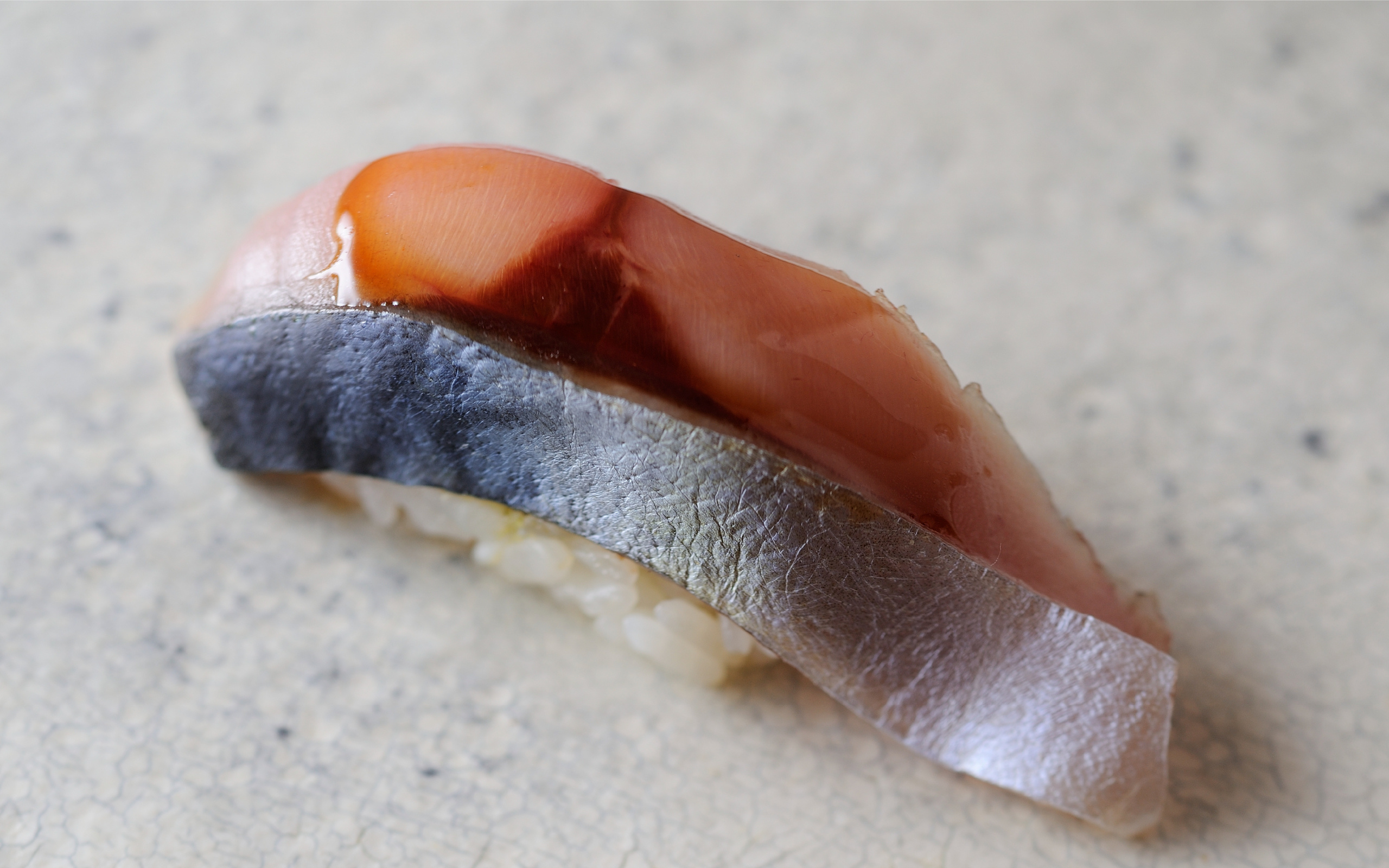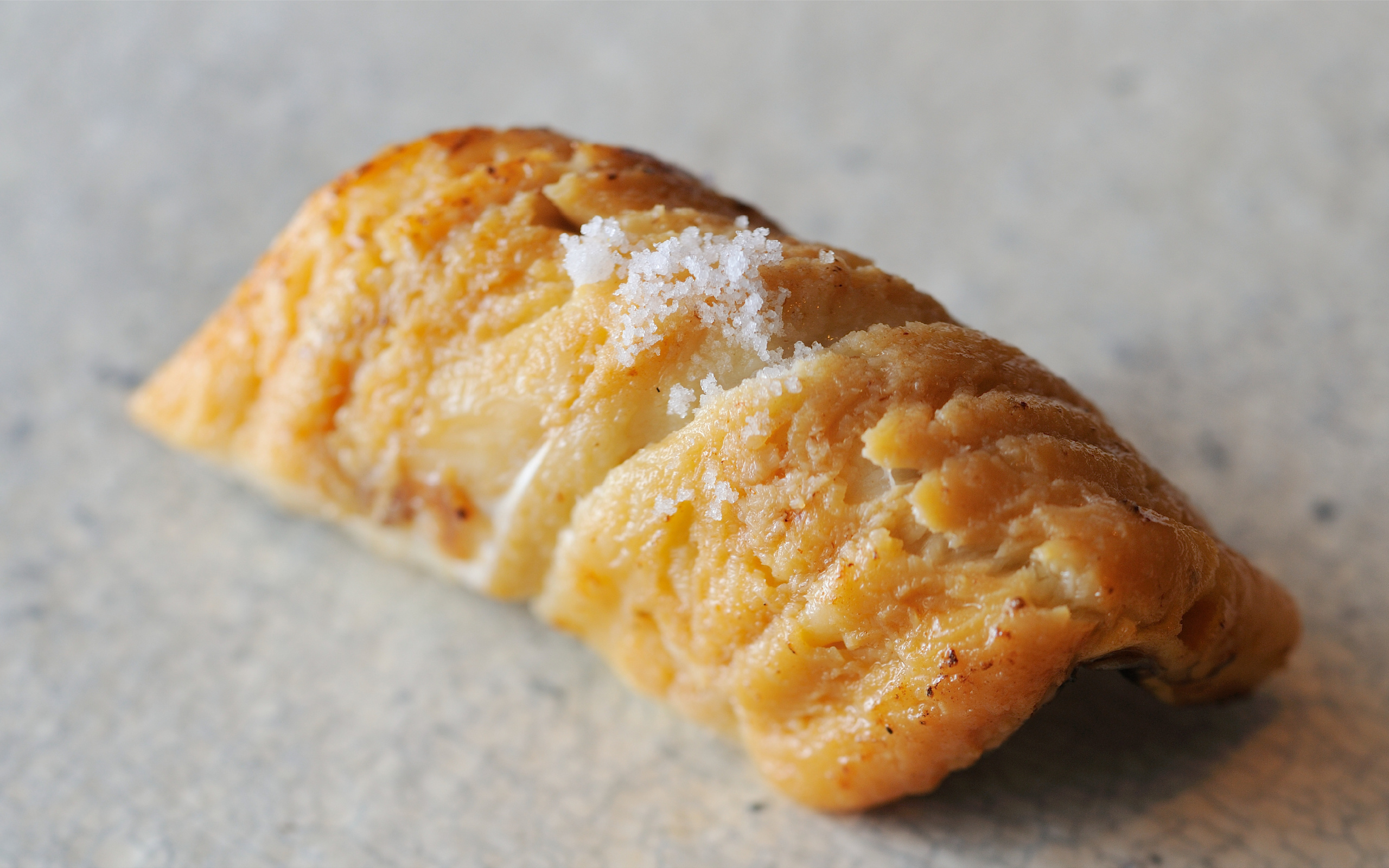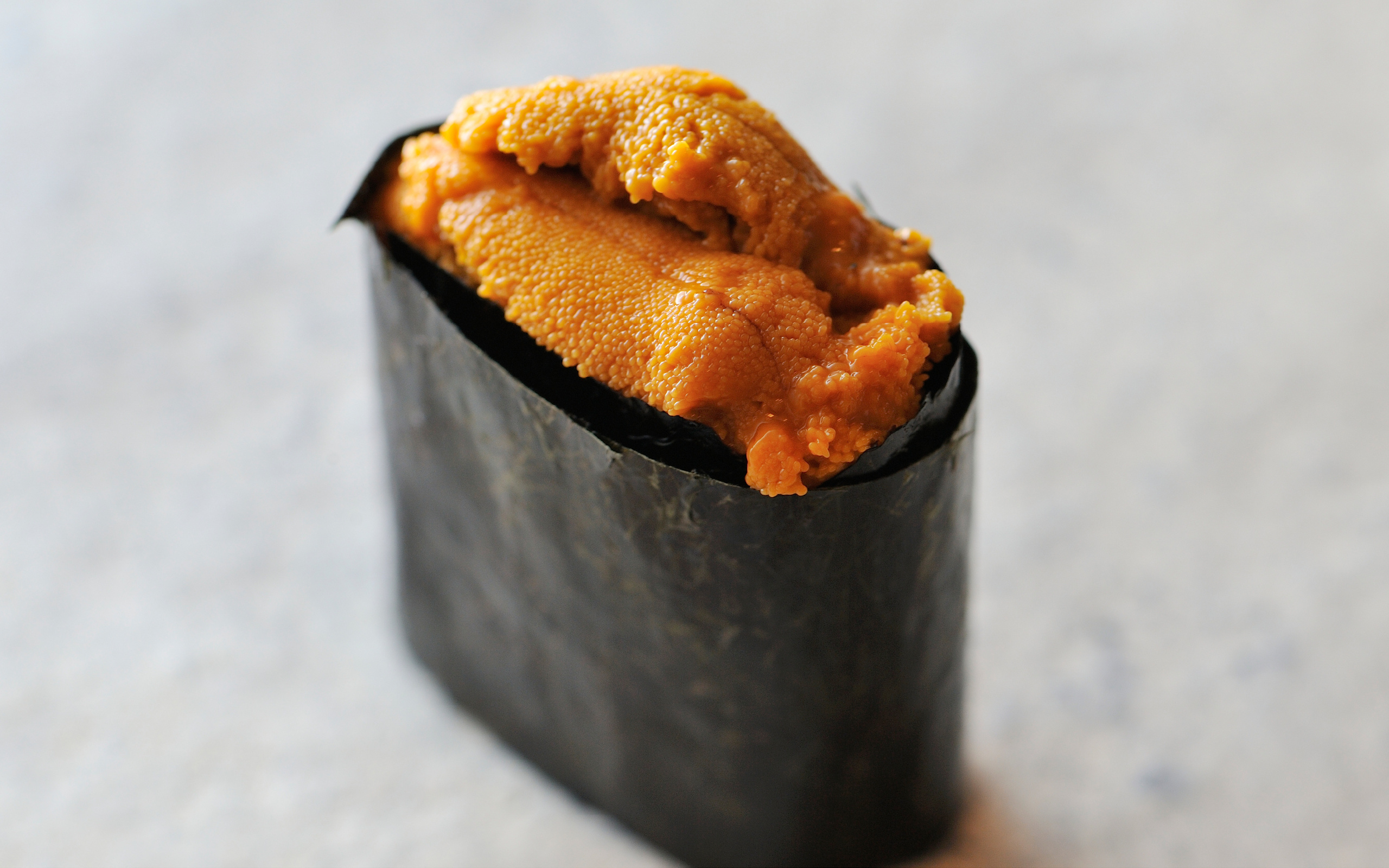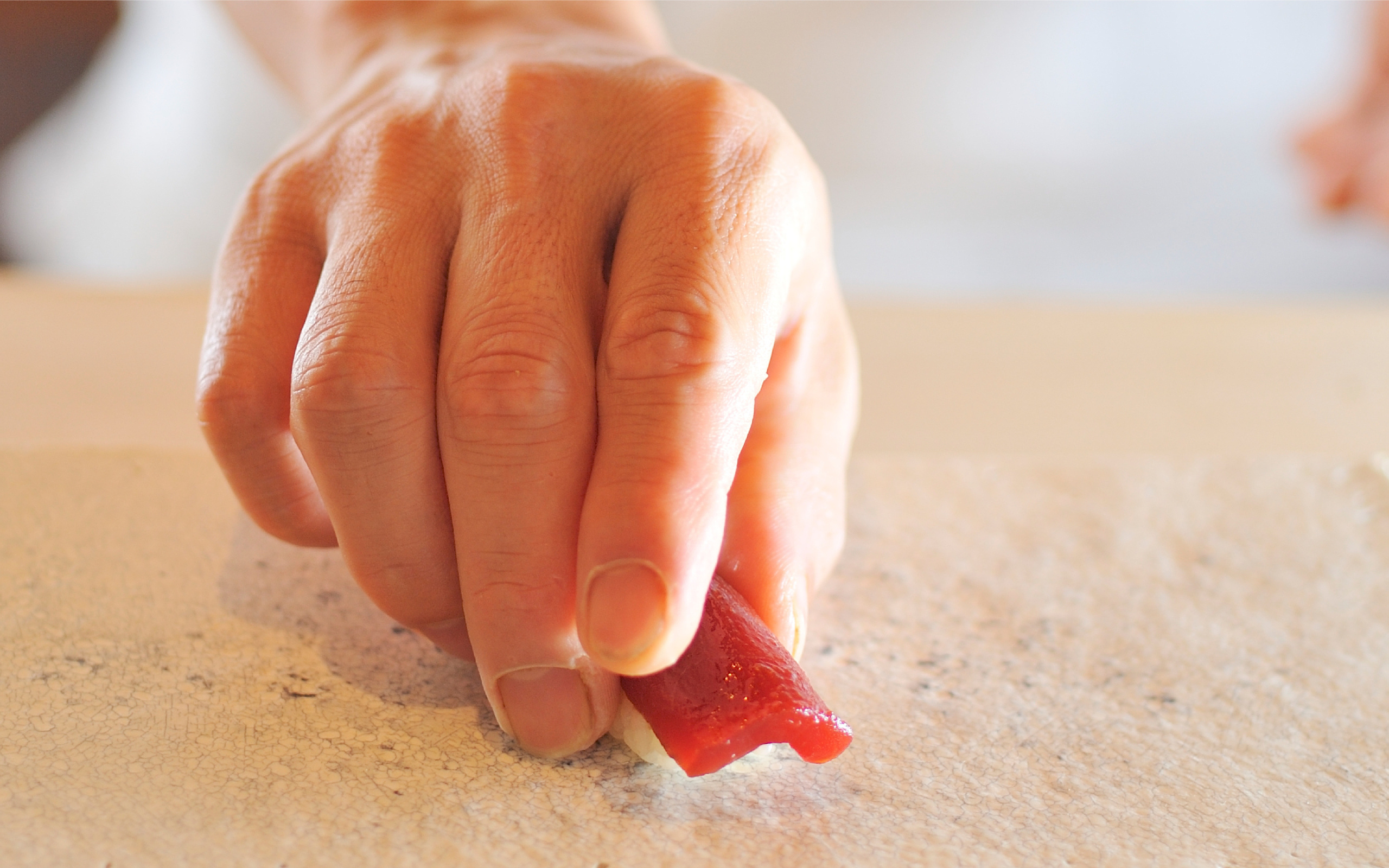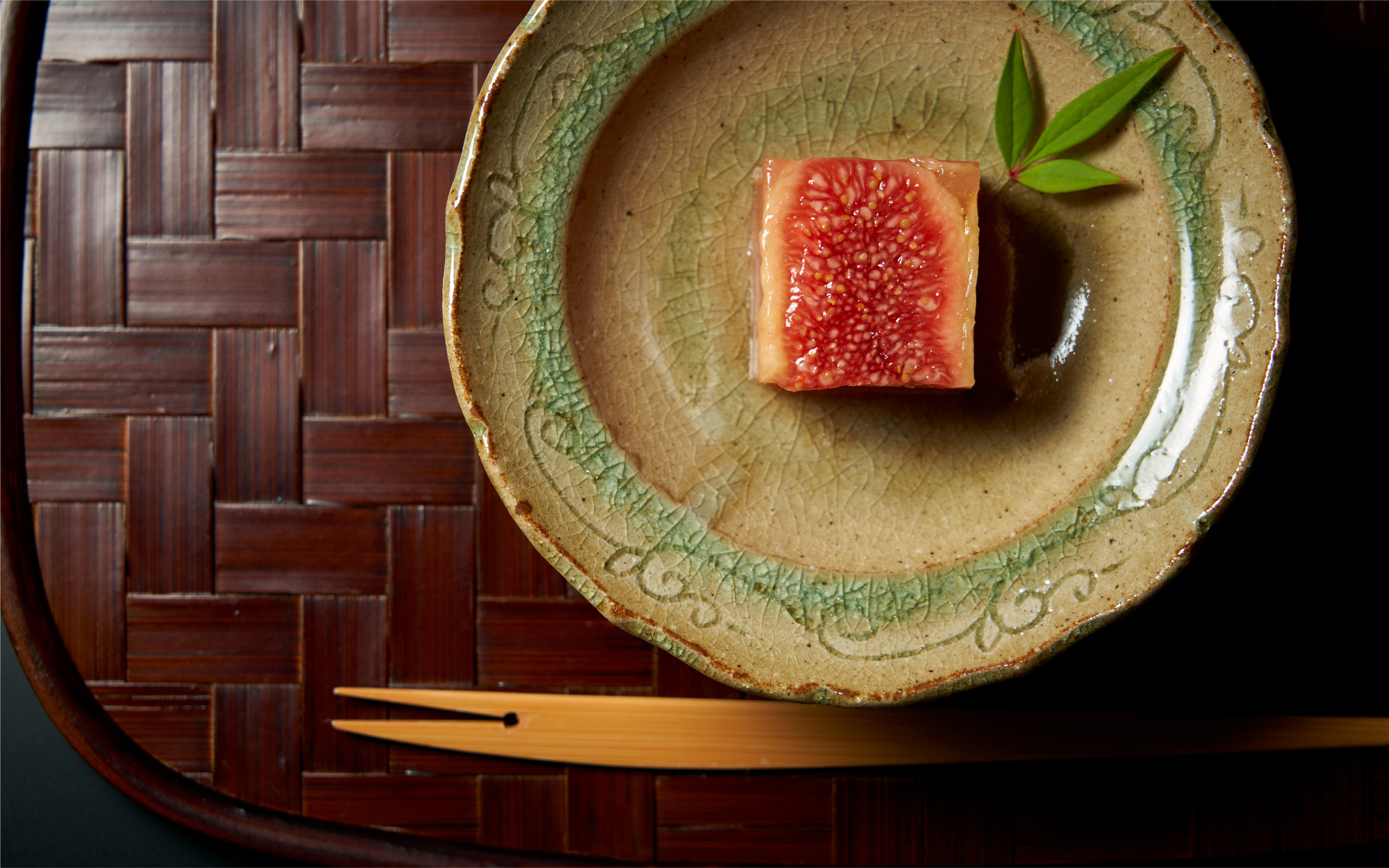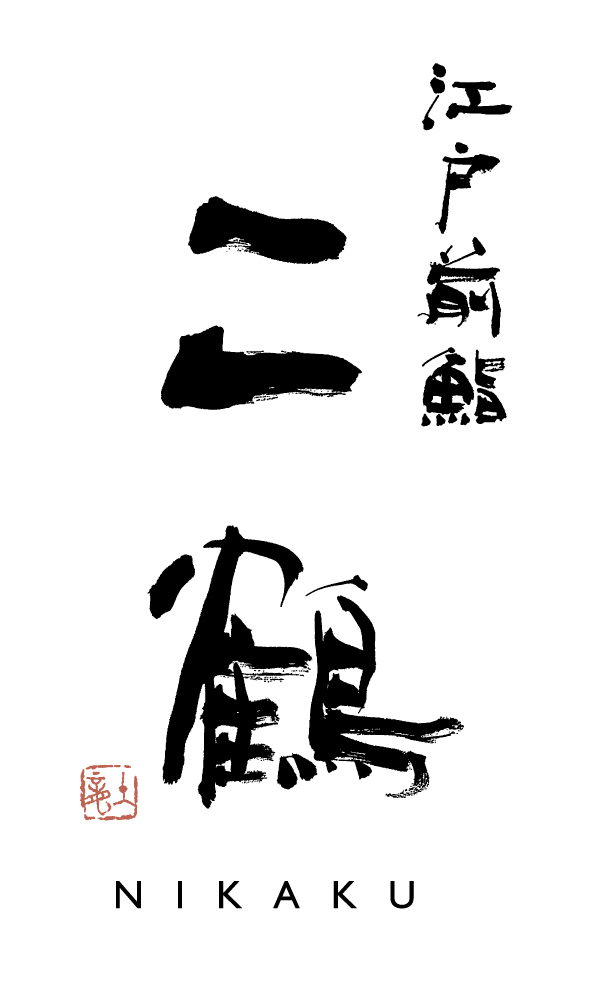Edomae Sushi Nikaku
お届けする鮨の追究
Concept
鮨種の「鮮度」と
江戸前鮨「伝統の技」の相乗
We combine traditional Edomae techniques with
the freshness of seafood caught in the Kanmon Straits.
KYUSHU MERROIR

江戸の人々の
思いから誕生した江戸前鮨。
鮨種はもちろん、赤酢・醤油・塩等
九州がもつ無限の可能性を調和し、
究めるべく取り組みを



ABOUT CHEF


Artisanship

江戸前鮨誕生について
江戸前鮨「握り鮨」は今から約200年前、江戸の町(今の東京)で誕生しました。当時の魚河岸(今の新橋)には東京湾で採れた鮮度の良い魚がたくさん集まりました。その鮮度の良い魚をより美味しく食べる調理方法として江戸前鮨「握り鮨」は誕生しました。
江戸前鮨は、それまでのすしの調理方法「圧す・漬ける」から「握り」に進化する事でさらに美味しくなりました。江戸前鮨「握り鮨」にとって「握り」という調理方法はとても重要です。「握り」はすしの味を左右します。
About the Birth of Edo-style Sushi
Edo-style sushi, known as "nigiri sushi," was born approximately 200 years ago in the town of Edo (present-day Tokyo). During that time, the fish market (now known as Shinbashi) was abundant with fresh fish caught in Tokyo Bay. To enhance the flavor of this fresh fish, Edo-style sushi "nigiri sushi" was created as a method of preparation.
Edo-style sushi evolved from the previous sushi preparation methods of "pressing and marinating" to the method of "nigiri" or hand-pressing, which made it even more delicious. For Edo-style sushi "nigiri sushi," the technique of "nigiri" is of utmost importance, as it significantly influences the taste of sushi.

本手返しについて
美味しいすしを握るのに重要な技「本手返し」。これは私が師匠から教えて頂いた伝統的な握り方です。「本手返し」は一般的な「小手返し」や「縦返し」に比べ手数が多く複雑な動きをするのですが、「本手返し」で握ると理想的なすしが握れます。その手順を振り返ると、これほど理に叶っている握り方は他にはなく、改めて先人たちの技術の高さに感銘を受けます。「二鶴」は「本手返し」でひとつひとつ丁寧に鮨を握ります。
About Hon-te Gaeshi (Traditional Nigiri Technique)
A crucial technique for crafting delicious sushi is "Hon-te Gaeshi," a traditional method I learned from my mentor. "Hon-te Gaeshi" involves more steps and intricate movements compared to the common "Kote Gaeshi" or "Tate Gaeshi" techniques, but it results in the ideal form of sushi. Reflecting on the process, there is no other method as well-reasoned as "hon-tegaeshi." At "Nikaku," we carefully prepare each piece of sushi using the "Hon-te Gaeshi" technique.

塩梅について
「塩梅」とは料理用語のひとつです。塩は塩加減、梅は酢加減。この塩と酢のバランスが良い時に「塩梅」がいいとなります。「塩梅」のいい料理は素材の味を引き立たせます。「塩梅」は絶妙なバランスの上で成り立ちます。 美味しいすしを握るには、この「塩梅」がとても重要です。「二鶴」は伝統を重んじ酢飯を塩と酢で味付けします。
About "AnBai" (Balancing Flavors)
"AnBai" is a term used in the culinary world. "An" refers to the level of saltiness, while "Bai" refers to the level of sourness or vinegar. When there is a harmonious balance of salt and vinegar, it is described as having good "AnBai." A well-balanced "AnBai" enhances the flavors of the ingredients and is crucial for creating delicious sushi. Achieving this delicate balance is highly important in sushi preparation. At "Nikaku," we deeply respect tradition and season our rice with both salt and vinegar to ensure the perfect "AnBai."

酢飯 シャリについて
江戸前鮨「握りすし」にとって酢飯「シャリ」は最も重要な要素です。伝統の製法「塩と酢」で味つけた「塩梅の良いシャリ」で鮨を握ると、鮨種と酢飯のマリアージュが生まれます。これは江戸前鮨「握りすし」の醍醐味であります。「二鶴」はこの伝統の製法から生まれる江戸前鮨「握りすし」をより多くの方に味わって頂きたいと願いこの地で鮨を握ります。
About Shari (Seasoned Rice) in Edo-style Sushi
For Edo-style sushi "nigiri sushi," the seasoned rice or "shari" is the most crucial component. When sushi is crafted using rice seasoned with the traditional method of "salt and vinegar," it creates a harmonious blend between the sushi topping and the rice. This is the essence of Edo-style sushi "nigiri sushi." "Nikaku" wishes to share the Edo-style sushi born from this traditional method with as many people as possible in this region.
